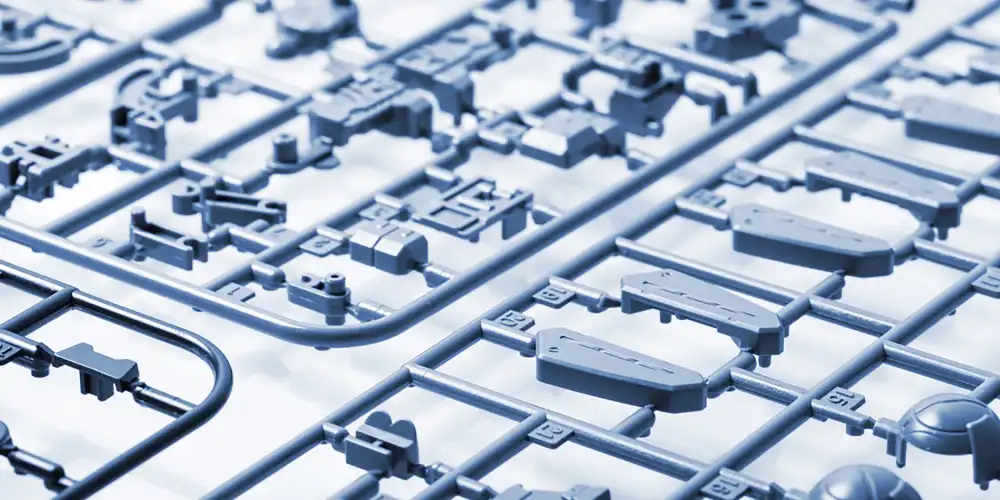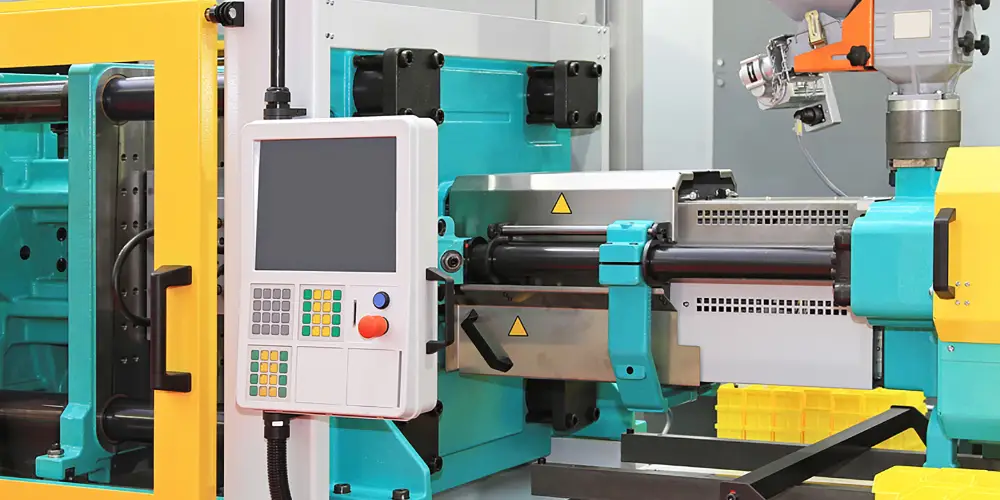If you’re a business owner who sells or creates plastic products or parts, you probably face the dilemma of whether you should go for injection molding or compression molding. In order for you to find the best process for your products, we are going to break down the difference between injection and compression molding.
Injection Molding
A process in which we produce things by injecting mold with the materials provided or raw materials. Such a procedure is called injection molding. To shape the material, it is heated in a heated barrel, mixed, and then injected into a mold where it is shaped into harden form. These molds are shaped into tools by using metals usually steel or aluminum and then to form the characteristics of the desired part they are machine precise. Injection molding is utilized to manufacture several different parts, small components and entire body panels of cars, and everything in between.
It is one of the most cost-effective technologies as it is excellent at reducing waste and the production rate is fast.
Compression Molding
Compression molding is where the molding material is preheated and placed in a hot mold. The mold is the compression part that forces the material to contact the mold and this area is closed. Until the time of completion of molding comes the mold is kept closed and heated. Compression molding permits for high volume and the making of complex molding projects – for example, motorcycle fairings. Its biggest advantage is that with the use of this technique, large parts can be easily molded. One of the largest compression molding machines in the CE field, which is also able to make cost-effective rubber products in maximum size of 1200x1200x500mm also exists. Its range of compression-molded products comes in various sizes from small to large and even extra-large.
Differences Between the Injection Molding and Compression Molding
Both moldings are done for the same process but are very different in nature of being made and used one way or another. There are similarities and differences in both procedures. We are going to discuss differences first to get an idea of what are these in terms of comparisons and then, we will move on to similarities.
Product Size
Compression molding allows for larger plastic products to be made, while injection molding is ideal for smaller plastic parts with tighter tolerances. Compression molding also allows the manufacture of products the variety in wall thickness from 1.3 mm to an inch.
Time of Production
The production time of compression molding is much longer than that of injection molding. In addition, in the case of compression molding, the excess flesh around the parts must be manually trimmed, slowing down the production cycle even further, and making the process more labor-intensive. Injection molding is thought to be more efficient as it provides complete automation over time.
Quantity
When automation of the molding process accomplishes shorter cycle times, higher volume production is possible. While compression molding is used for low and medium ranges of large products injection molding can be used to make high-volume chains.
Quality
A strengthening factor is seen in the injection model while no such trait has been observed in the compression model, which makes injection molding ideal for complex plastic part designs.
Final product’s shape
Compression-molded products are rather blocky and simple. The raw material is then cut to the same size as the final, usually ordinary product, and will be compressed. Apart from this, injection molding provides the manufacturer with the ability to manufacture more complex rubber parts such as cones. These products can have different wall thicknesses and be a combination of different sizes.

Similarities
Anything that is different from the other but somehow serves the same purpose would have a level of similarity between them. We have discussed some of the similarities with you here.
Less Tooling Cost
Both technologies are extremely common, so mold costs are usually low. Some parts may be of high quality but not of high cost and we are sure of that.
Color Customization
Both technologies make it possible to create custom colored rubber that will be used to manufacture the parts.
Reduced Cost of Parts
Both technologies make it possible to create custom colored rubber that will be used to manufacture the parts.
Best Choice
Basically, there is no one best or right choice but since we must decide regarding this debate let’s settle based on merit. Most of the time – injection mold. It is true and almost accurate to the original size, which is almost 98% fitment, it is considered as good as the factory. They are a bit high in cost – so if the price is a big factor and you have time to mess around with the product and get things right, you can choose compression.




